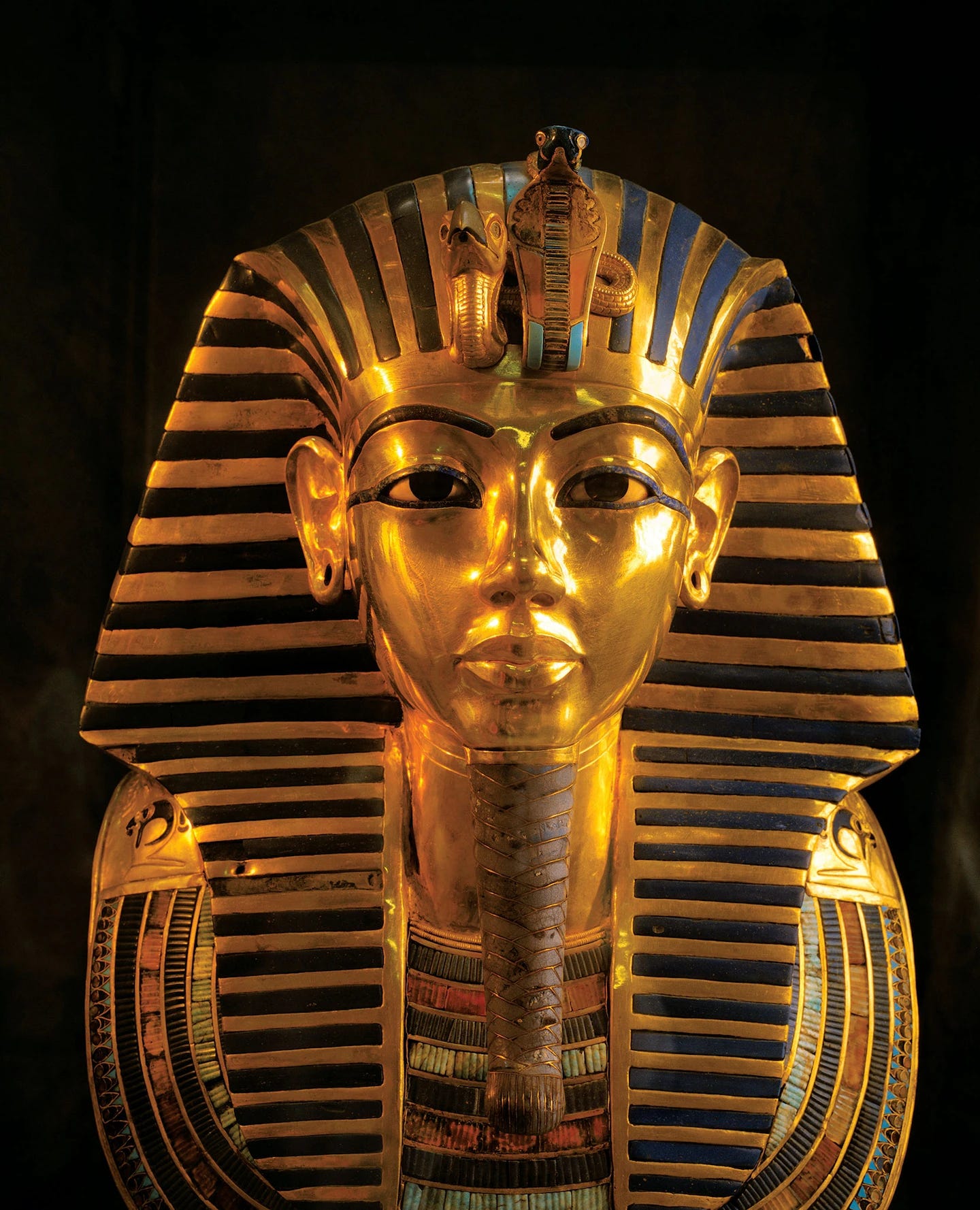THE RESURRECTION OF KING TUT
In 1322 BCE, tragedy badly struck Ancient Egypt. The King was dead. The Pharaoh was gone. To date, there is no certainty about what happened.
In 1322 BCE, tragedy badly struck Ancient Egypt. The King was dead. The Pharaoh was gone. To date, there is no certainty about what happened. What we are sure about was that this King had buried his father just nine years earlier, and now he too was gone. His father was Akhenaten, the heretic.... A figure I will write about someday. Today is for King Tut.
Conspiracy abounded, palace intrigues were unleashed, but one more thing had to be done. Cause, you see, in ancient Egypt, burial was important. How you are buried is far more important than how you've lived. There are stories of people stealing tombs for the sole purpose of changing their eternity. How did this work? The ancient Egyptians believed that the burial tomb was the place of contact between the gods and the mortal. In the tomb, the living and the gods meet, and there, a judgment is passed, and whatever is found at your tomb will be how you will resurrect. No matter your life, if your tomb doesn’t depict you in your best format, you will be in trouble. And no matter how reckless you’ve lived, if your tomb depicted you in your best form, you have a strong chance of enjoying eternity. Government officials, rich citizens and of course, the Pharoahs spent most of their resources and lifetime building massive monuments because they wanted this resurrection. They wanted this eternal life.
Despite the fact that the wife of this King wanted the throne for herself, a General wanted it too, and other contenders within the palace they had to bury the King. Desperate times called for desperate actions. In their bid to get over this ASAP and move to the issue of the succession proper, they buried him fast in a small burial tomb, sealed it up, and moved on with the real problem of the day. In a hastily prepared tomb at the Valley of The Kings, they laid King Tut. There, he stayed for the next 3,244 years!
In 1922, King Tutankhamun returned with a bang. Superstar, popularity, kingship, power, gold,… everything. That’s how King Tut “resurrected”. Although King Tut had had a short life and a short reign, he had been buried with all his things. When Howard Carter resurrected him from the dead, everything was nearly complete, untouched for more than three millenniums. King Tut remains one of the most important archaeological discoveries in all of human history. His tomb was the final testament to the power and wealth of the Kings of Ancient Egypt. A mere boy king had returned with splendor, massive splendor. His death mask, made of pure gold, weighed 22 pounds. It is estimated that the total gold in his tomb would be worth billions of dollars today.
Before his resurrection, King Tut was just a footnote in Ancient Egypt. Today, he stands above all his fellow Kings. He stands as the most popular Pharoah, the most renowned, and, as far as we saw, the richest.
If any ancient Egyptian arrived on earth for a short visit today, he would say they were right- how you were buried matters in how you would be resurrected. Hurriedly buried, resurrected with splendor. I can imagine that so many Pharoahs would envy him.





